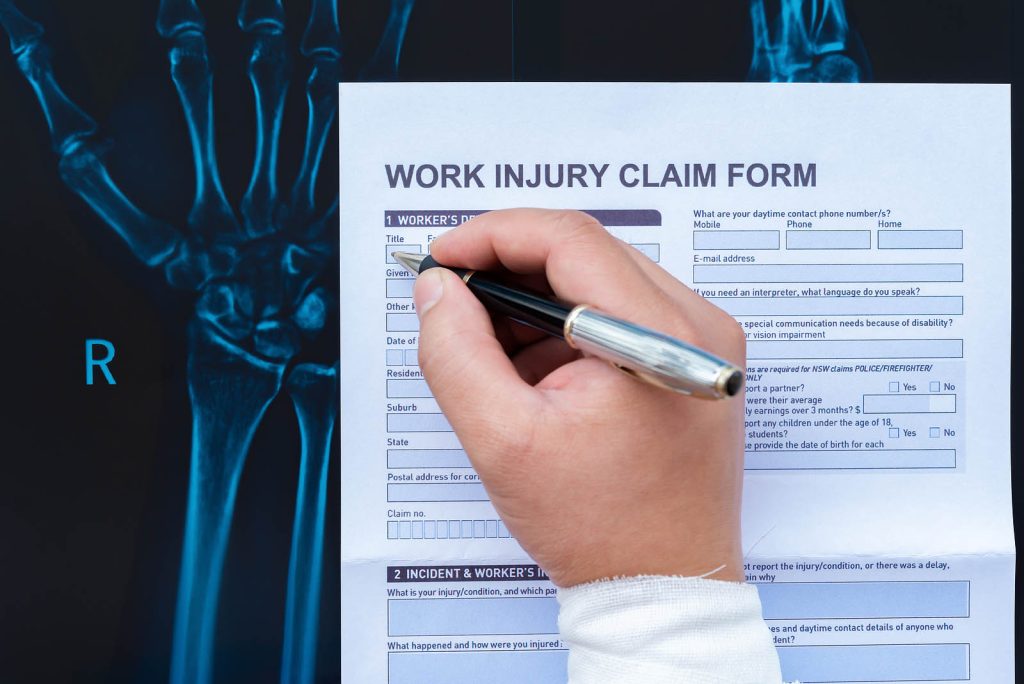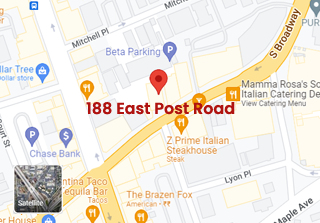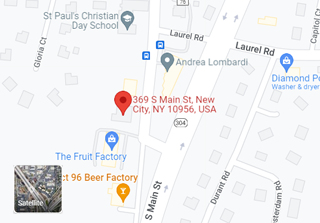What Is a Catastrophic Injury?
A catastrophic injury is defined as any type of injury that has life-changing, permanent effects. It’s understandable that having any type of injury occur during a car accident can feel catastrophic and traumatic. But if the injury can be healed with time and medical care and not have lasting effects, it’s not considered catastrophic.
Some examples of catastrophic injuries, any of which could happen in a car accident, include:
- Spinal cord injuries, with or without paralysis
- Loss of vision or hearing
- Traumatic brain injuries (TBIs), including concussions, that can leave permanent damage
- Burns that lead to permanent disfigurement or disability
- Internal injuries that lead to organ removal or damage requiring lifelong management
- Amputation of limbs or digits
- Nerve damage that causes permanent effects, including difficulty breathing or tremors
What Can Be the Financial Outcome of Suffering a Catastrophic Injury?
Catastrophic injuries can have dire consequences on the victim’s financial life, both immediately after the accident and ongoing. Permanent injuries that require management could lead to costs that could last the rest of the victim’s life.
There are two categories of financial damages that can be claimed: economic and non-economic.
Economic Damages
Economic damages are related to quantifiable financial amounts the victim will have to pay after the accident and potentially for the rest of their life.
- Out-of-pocket medical expenses, present and future
- Ambulance costs
- Home renovations to adapt the living space to the victim’s disability(ies)
- Rehabilitation, physical, and occupational therapy costs
- Medical goods such as wheelchairs, walkers, crutches, etc.
- Lost wages, present and future, including the potential loss of the ability to earn a living altogether
Non-Economic Damages
Non-economic damages are financial compensation for circumstances that don’t have verifiable financial value attached to them and are usually related to the emotional and psychological states of the victim and their family members.
- Pain and suffering, present and future (including chronic pain which requires ongoing management and treatment)
- Emotional anguish
- The victim’s loss of enjoyment of life
- Loss of mobility
- Loss of consortium, which refers to the relationship between partners or spouses and how it’s harmed if one spouse suffers a catastrophic injury
Every case involving catastrophic injuries is unique, but as you can see, there is potential for hundreds of thousands, even millions, of dollars in damages and costs. Suppose you or a loved one has suffered a catastrophic injury. In that case, it’s highly advisable to work with an experienced catastrophic injury attorney to have your best chance to get the financial damages you deserve. It’s especially vital when claiming future expenses. An experienced attorney will know how to estimate those costs going forward, working with medical professionals and others to come up with a reasonable basis for what it will take to keep the
victim financially solvent in the future.
What if the Catastrophic Injuries Lead to Death?
If the catastrophic injuries suffered in a car accident lead to the death of the victim, the case becomes a wrongful death case. The surviving family members may be eligible to receive additional damages to cover both economic damages (funeral or burial costs, loss of wages, etc.) and non-economic damages (including the victim’s pain and suffering prior to death).
What Are New York’s Comparative Negligence Laws?
When a car accident happens, it’s not uncommon for more than one driver to be at fault. For example, one driver may have been driving while intoxicated by alcohol and speeding, but the car they hit may have entered the intersection without stopping for a stop sign. In such cases, the jury must determine how much each party is at fault for the accident.
In New York, the courts follow what’s known as pure comparative negligence. That means that even if the victim is 99% at fault for the accident, they can still receive 1% of the damages awarded to them.
This can complicate catastrophic injury cases and is another reason it’s crucial to work with an experienced personal injury attorney. In the example above, perhaps the jury finds the speeding driver who was intoxicated 70% at fault for the accident, and the victim, who passed the stop sign, 30%. If the victim is awarded $100,000 in damages for the injuries they suffered, they will receive only $70,000 instead because of their role in the accident.
That means the defendant (the person being sued for damages) and their attorney are going to work hard to shift as much blame for the accident onto the victim as possible. It is essential to work with an attorney who understands their tactics and knows how to counter them.
What Should I Do if I Suffered Catastrophic Injuries in a Car Accident?
Call Greenspan & Greenspan Injury Lawyers at 914-946-2500 for a free initial consultation with one of our White Plains, NY, personal injury attorneys. We can walk through the specifics of your case, look at the long-term prognosis, and help estimate the amount of financial damages needed going forward.
Something you must not do is have communication with anyone representing the other party in the accident, whether it’s their insurance representative or investigator. Because of New York’s pure comparative negligence laws, the insurance defense agents will try to build up a case to permit a jury to assign as much blame onto the victim as possible to avoid paying damages. The insurance adjuster may also offer a much lower settlement than the victim might otherwise receive. Don’t respond; just forward any communications to your attorney.








